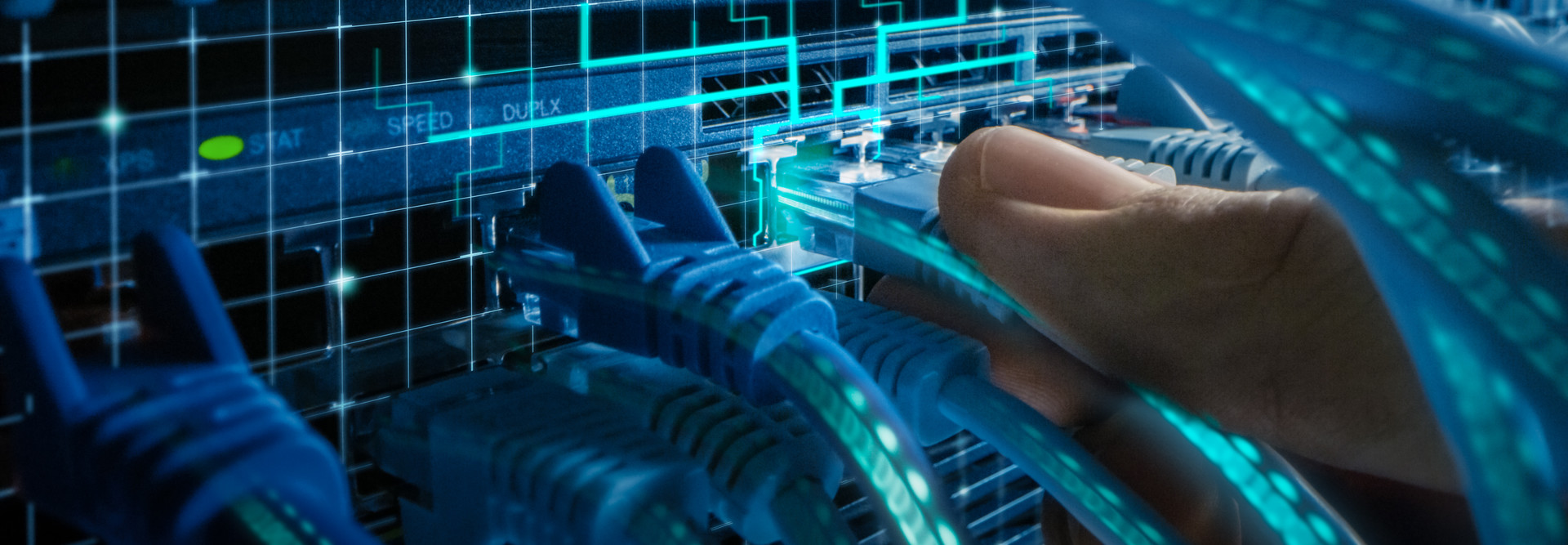During Uncertain Financial Times, Invest in the Future
Cost is a top factor that IT leaders consider when visualizing new technology solutions. In addition to declines in enrollment and subsequent tuition payments — amounting to a 4.9 percent decrease in the number of undergraduate students nationally — auxiliary sales fell 12.5 percent at public four-year institutions in the 2020 fiscal year. When upgrading storage capabilities, there are often high costs associated with the installation and maintenance of these complex solutions, and budgets are tighter than ever.
State higher education funding nationally has also decreased by $3.4 billion between 2008 and 2019. And 27 states have imposed additional cuts during a time when technology funding for institutions is critical.
But at the federal level, President Joe Biden’s rescue plan allots nearly $40 billion in new relief funds for colleges and universities. While this is a step in the right direction, there’s no telling if funds will trickle down quickly and efficiently enough for institutions to use them for modernization this school year.
Ultimately, institutions must seek solutions that fit their changing budgets and needs. Institutions must be strategic about their investments, but also willing to invest in the future of the digital learning experience.
EXPLORE: Six emerging tech trends in higher education.
Prioritize Data Protection at all Costs
While colleges and universities are grappling with the best approach to modernization, they face the ever-growing threat of a network breach, as ransomware attacks against colleges and universities have more than doubled since the onset of the pandemic. Not only will a ransomware attack expose the personal information of students and administrators, paying the ransom can set institutions back significantly. The average cost of a ransomware attack in higher education in 2020 was $447,000. With recent hacks at high-profile institutions shutting down operations, the balance between access and security is as critical as ever.
Technology solutions that meet student and administrative needs must have data security built in, and prevention is nothing without a recovery solution that can help universities after an attack. Therefore, institutions must invest in the most secure systems, prioritizing both backup and recovery to guard against potential threats and minimize downtime.
FIND OUT: What's the difference between security, privacy and confidentiality?
Lower the Financial Burden with Agile Infrastructure
Institutions are looking for ways to invest in the latest solutions, while maintaining relatively low costs, without compromising data security. To achieve this, flexibility and agility are crucial. As-a-service solutions can help colleges and universities scale their remote learning capabilities up or down without requiring massive disruptions during installation.
These models allow institutions to use only the digital infrastructure they need at a given time, which minimizes the financial burden.
With tight budgets, institutions benefit from infrastructure that works with the financial resources they have today, but is also innovative and nimble enough to meet future needs.
Predicting long-term requirements can be challenging. With an adjustable infrastructure, institutions can upgrade and expand storage as needed to power transformational models.
LEARN MORE: IaaS extends agility and scale to colleges’ core IT functions.
Consider Solutions That Simplify Data Management
The proper IT infrastructure can deliver cost-effectiveness, data protection and flexibility. Institutions must look for ways to implement a modern data experience that can reliably support learning and collaboration in an ever-changing environment.
A modern data experience should be simple, consisting of simplified management, enhanced security, better performance and reduced costs. This approach enables education leaders to focus on providing a quality learning experience to students, without having to worry about costly disruptions or migrations.
While the future of higher education is constantly evolving, institutions must invest in data systems that are modern and agile.
This is critical to delivering an optimal, secure student experience without unsustainable financial costs. IT services that avoid downtime, improve performance and flex with changing needs are the keys to success.











